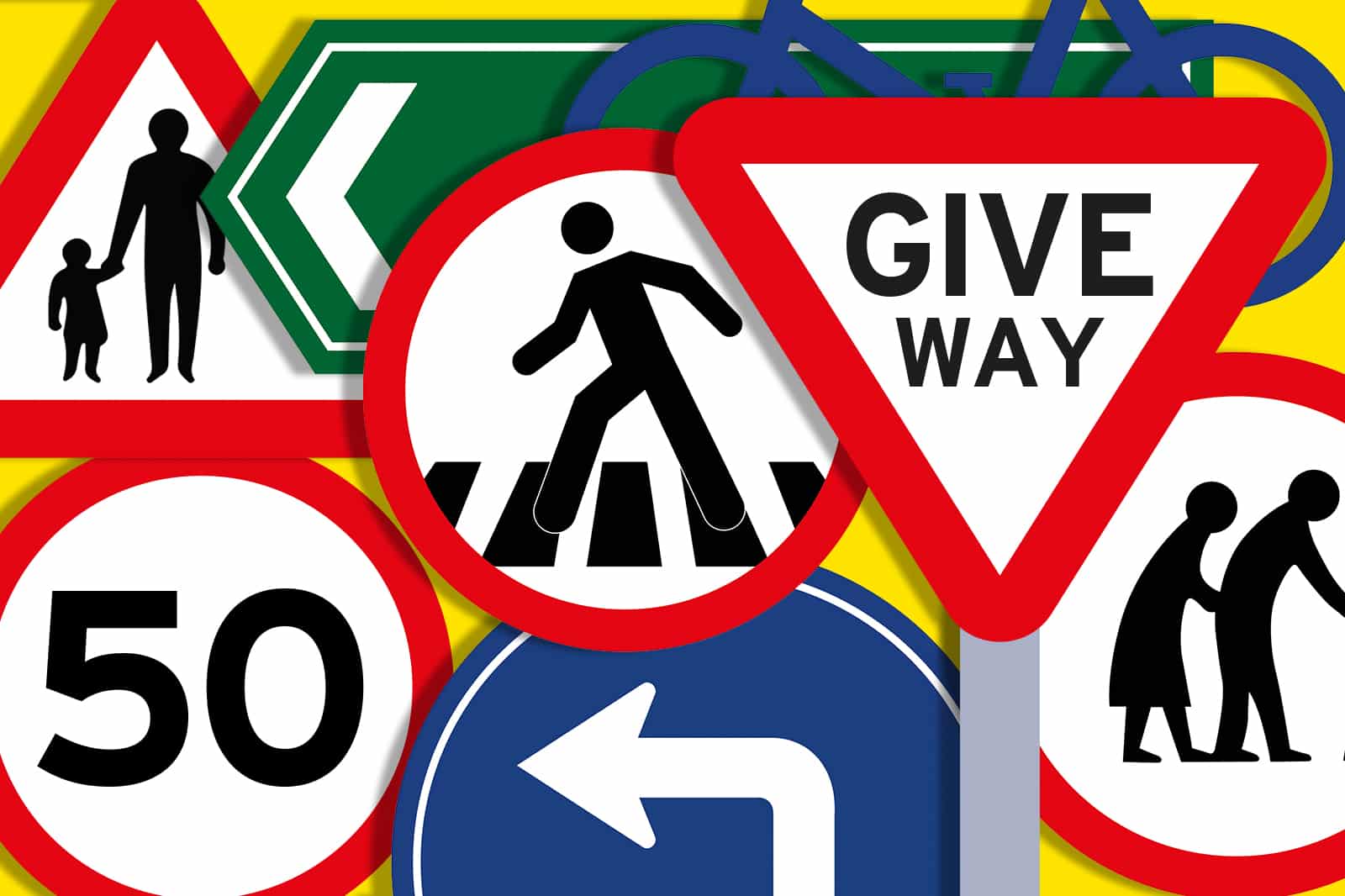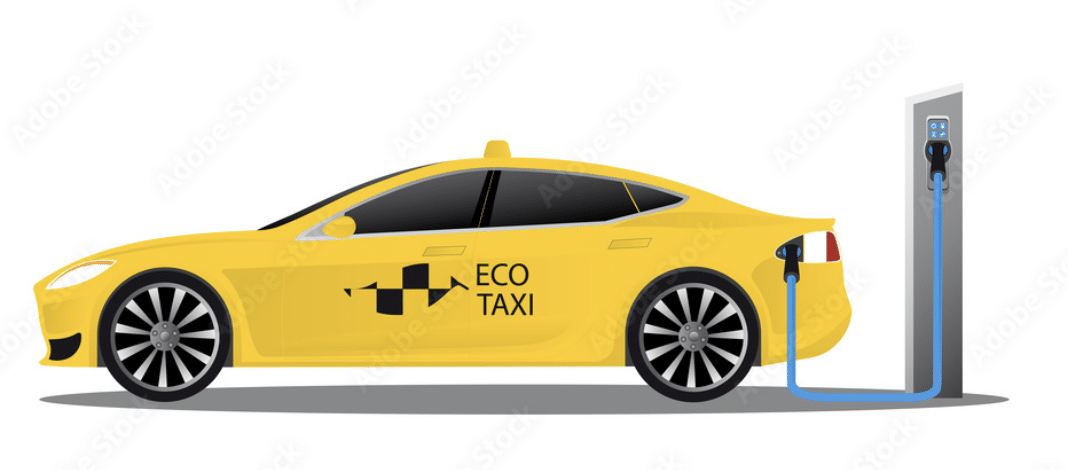New Year often brings with it a whole heap of changes, and unsurprisingly 2022 is no different. With eight new rules being introduced to the Highway Code and 49 updates to existing regulations coming into effect from the 29th of January, there’s a lot to get your head around.
Amongst the changes comes the ‘Hierarchy of Users,’ which is designed to prioritise vulnerable road users such as cyclists and pedestrians. From priority for pedestrians at junctions to changes to cyclist’s position on the roads, here are important changes to the Highway Code you need to know about:
Hierarchy of Road Users: Rule H1
The government’s new Hierarchy of Road Users aims to ‘tackle some of the safety issues pedestrians encounter or perceive when walking.’ So the first new rule (H1) places more responsibility on drivers of larger vehicles to take greater care of vulnerable road users.
Within the proposal, motorists whose vehicles have the potential to cause more harm in the event of a collision ‘bear the greatest responsibility to take care and reduce the danger they pose to others.’ Whether you drive a lorry, taxi, car, van or motorcycle, the new rule applies to whoever sits behind the wheel.
But this rule encompasses more than just motorists, as cyclists and horse riders have a responsibility to take care of pedestrians too. Essentially, if you are a road user, you are responsible for your own safety and others on the road.
Hierarchy of Road Users: Rule H2
Rule H2 is also for drivers, cyclists, motorbike riders and horse riders alike to pay more attention to pedestrians at junctions. If you see someone wishing to cross, ‘you should give way to pedestrians crossing or waiting to cross a road into which or from you are turning.’
While you might be tempted to keep going, if you spot a pedestrian waiting to cross, you are now expected to give way to them. Likewise, cyclists must give way to pedestrians on shared-use cycle tracks to ensure the safety of both you and your fellow road users.
Don’t forget! Unless pedestrians are prohibited from the area you are driving in; they are entitled to use any part of the road or track to walk on.
Hierarchy of Road Users: Rule H3
Rule H3 concerns drivers and motorcyclists when you are manoeuvering a ‘junction or changing direction or lane.’ In short, motorists should not cut across ‘cyclists, horse riders or horse-drawn vehicles going ahead’ so that you don’t cause them to swerve or be forced to stop.
Patience is the key here. Before you proceed, you should wait until there is a safe gap before making your turn.
So if the cyclist is travelling around a roundabout, is approaching or moving off of a junction or moving or waiting alongside slow-moving or stationary traffic, they have the priority.
Rule 63: Sharing space with other road users
When cycling through areas shared with pedestrians, horse riders and horse-drawn vehicles, you need to make it clear that you are present. It is recommended that you slow down where appropriate or necessary and either ring your bell or by calling out politely so they know you are in proximity.
Whenever you’re out and about on your bike, always remember that some pedestrians may be hard of hearing, deaf, blind or partially sighted – even if it’s not obvious. So take extra care when passing the elderly, disabled and children.
If you see a horse up ahead, whether you’re driving a vehicle, motorbike or bike, you need to be prepared to slow down or stop entirely. You should never pass a horse on its left, as they can quickly become startled if they haven’t clocked you’re there.
Remember to pass all pedestrians, horse riders or horse-drawn vehicles safely at the lowest speed possible, and always leave enough room as you pass by.
Tighter rules on mobile phone use
While driving and either making a phone call or texting has been under fire for a few years now, tighter restrictions are now being enforced if you are found using your mobile phone behind the wheel.
Unless there is an absolute emergency, you could find yourself with a fixed £200 fine penalty notice and six points on your license if you are found using your phone to film, snap a photo, scroll through a playlist or play a game.
Stricter parking restrictions
While it has been a finable offence to park your vehicle on the curbside throughout London for years, it currently isn’t law throughout England and Wales.
With the Scottish government already enacting a bill to outlaw all parking on pavements from 2023, it’s only a matter of time before the rest of the UK follows suit. With changes expected to come into force later this year, the latest proposals suggest that councils will be able to issue £70 fines to all curb offenders.
Cyclists advised making themselves more visible
We’ve all been there – stuck behind a cyclist with no room to overtake. But with the upcoming changes, cyclists are being advised to ride in the centre of their lane to make themselves more visible in slow-moving traffic and quieter roads.
Likewise, if a cyclist is approaching a junction (rule 72), they should position themselves in the middle of their carriageway so that other road users can take appropriate action safely.
However, cyclists also hold similar responsibilities when it comes to overtaking traffic and should leave enough space for motorists to overtake when it is safe to do so. Updates in the Highway Code include:
- Rule 75: Two-Stage Turns:
At some signal-controlled junctions, there are markings on the road directing cyclists to turn in two stages.
Stage 1: As soon as the traffic lights turn green, cyclists planning to turn should head to the location marked by the cycle symbol and turn arrow painted on the carriageway. Stop, and wait before proceeding
Stage 2: Now, there are a set of traffic lights facing the cyclist on the far side of the junction. As they turn green, the cyclist should complete their manoeuvre
- Rule 76: Going straight ahead
If a cyclist is going straight ahead at a junction, it is their priority over traffic waiting to turn into or out of the nearby side road. (See Rule H3 for further information.) Like fellow road users, the cyclist needs to ensure they can proceed safely, particularly if they are approaching a junction on the left from slow-moving or stationary traffic.
New car, new speed rules
Currently, there are national speed limits in place up and down the country. While many roads are supported by traffic and speed cameras, it’s all down to you how fast or slow you drive as a motorist. However, if you’re thinking about buying a brand new car, this is about to change.
All new cars built from July 6 will have built-in Intelligent Speed Assistance (ISA) black boxes. Using GPS to monitor the speed limit, these speed limiters will ensure that your vehicle doesn’t break it.
Despite the law being passed in the EU back in 2019 before Brexit, the rule will apply to all cars manufactured in the EU and imported to the UK. What’s more, the UK will still continue to uphold many of the EU motoring laws that were passed during our tenure – so expect to see more EU driving laws upheld in the future.
Stop flashing your lights at other motorists
As motorists, we all have a set of communication devices at our fingertips. Whether that’s your horn, revving your engine or flashing your lights, we’ve all taken part in some part of an exchange with one or all of them to get out point across to other road users.
Well, it’s time to let go of everything you think you know. No more flashing to say ‘thanks’ or ‘go ahead!’ Instead, the new code states that you can ‘only flash your headlights to let other road users know that you are there.’
Just like the classic aggressive horn honk or revving your engine too hard, flashing your lights has become an illegal practice so that you no longer ‘covey any other message or intimidate other road users.’
Councils have new fining powers
Councils across England and Wales will be granted new powers early this year to fine motorists up to £70 for some minor traffic offences. These include illegal turns, stopping in yellow box junctions and driving in prohibited cycle lanes.
While councils in London and Cardiff have followed similar tighter restrictions for decades, 2022 is the first time local authorities across the UK have powers to enforce and issue these penalties for these types of offences. Under the guidance of the Department for Transport, it is expected that councils will have these former police powers handed over from March onwards.
With the influx of new driving laws coming to pass in 2022, the future of driving is changing. Are you ready to take on the UK roads?





